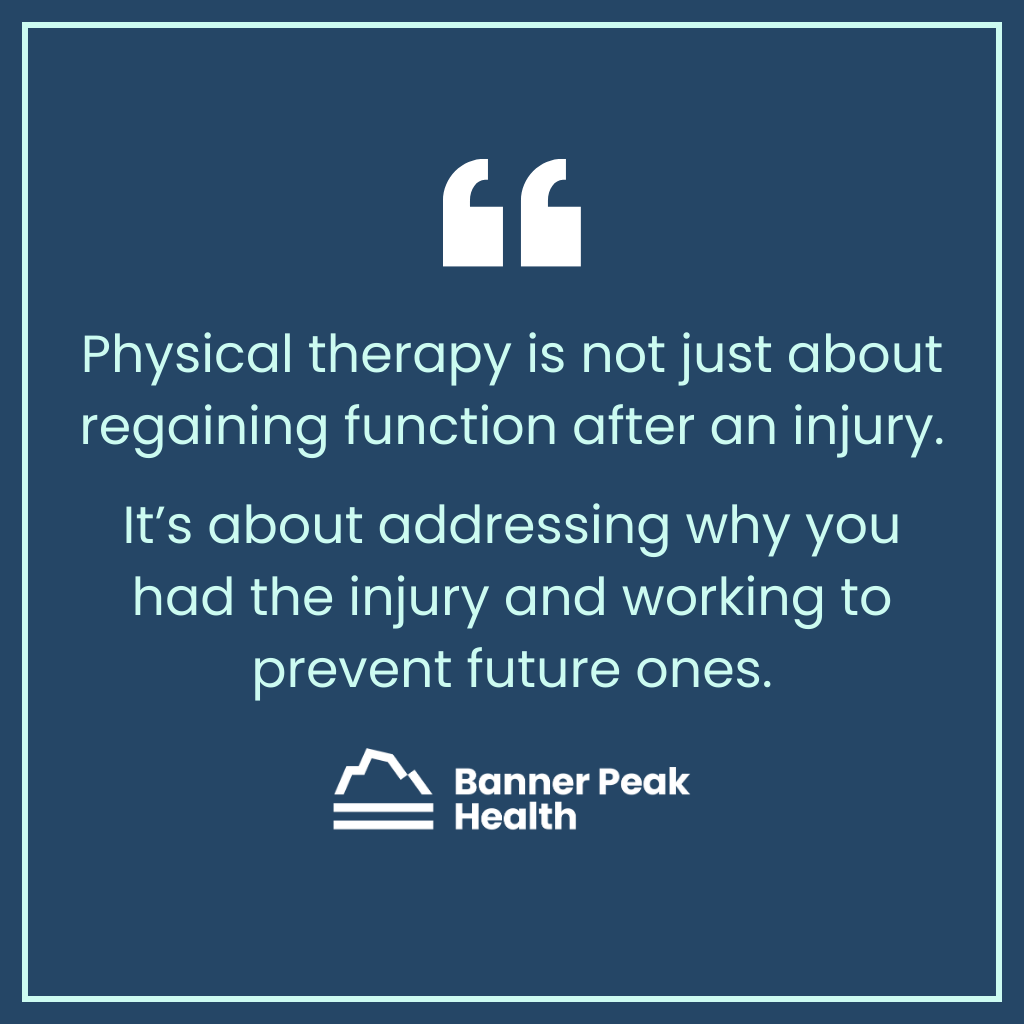It was a warm fall afternoon, and I was running in the hills above Berkeley when I felt a sudden pain in my right knee. No negotiation possible; I had to stop running. Unfortunately, I still had to walk a few miles to my car, and that’s how my persistent pain started.
The pain persisted and I had to acknowledge that my knee wasn’t going to improve on its own. After a visit to an orthopedist and an MRI, I received my diagnosis: a degenerative meniscal tear in my right knee.
I had the same questions any patient would have in this position, including, “Does a meniscus tear need surgery?” Here’s what I’ve learned both from personal experience and medical literature.
What Is a Meniscus Tear?
The meniscus is a figure-eight-shaped fibrocartilaginous “washer” that cushions the knee between the femur (on top) and tibia (on bottom). Meniscus tears or injuries are common and result from either acute or degenerative mechanisms.
Acute injuries occur when a single force overwhelms the structural integrity of the joint, like when a 17-year-old soccer player gets slammed from the side. That acute force overloads the knee’s structural anatomy and damages the meniscus.
Degenerative injuries occur as a result of wear and tear over time. For example, in my case, I’d been running regularly for decades, and that repetitive force caused my meniscus to gradually wear down until it tore in 2005. I had a pothole inside my medial meniscus, which caused pain, low-level swelling, and walking impairment.
Does a Meniscus Tear Need Surgery? My Options
I discussed the options with my orthopedist and decided to try physical therapy. If my knee didn’t improve, we’d consider surgery.
I embarked on six to eight weeks of physical therapy, including exercises to strengthen my quadriceps and increase my hamstring flexibility. I also refrained from putting force on my knee by running.
Within two to three months, I was back to baseline function and could bike, hike, and run.
Don’t Shoot the Messenger… Listen to It
Medicine often falls into the cognitive trap of “shooting the messenger.” It’s an idiom from ancient Greece, when a messenger had to deliver bad news to a king and lost his life for his trouble.
In modern medicine, the injury is the messenger, not the beginning of the story. The meniscal tear communicated a problem. Why did the tear happen in the first place?
My orthopedist saw the injury as the problem and didn’t go upstream to explore what about my body, structurally or ergonomically, had created the injury.
So, I worked with a podiatrist and did a gait analysis. We modified an insole and created a lifelong physical therapy routine to strengthen my core and stabilize my leg.
I was relieved to heal without needing surgery. I heeded the message to try to build back better and avoid future injuries.
Take Two
Seventeen years later, while on vacation in Hawaii, I felt a low-level pain in my left knee. It was less severe this time, so foolishly, I continued to run for several weeks before addressing it.
After an evaluation with a sports medicine doctor and another MRI, I discovered I had another meniscal tear, this time in my left knee. However, this tear was complex. Instead of being a two-dimensional problem, part of the tissue had flipped up and occupied more of the joint space.
If my right knee had a small “pothole” in the meniscus that needed to heal, my left meniscus had the equivalent of a raised bump, like a pebble stuck between a foot and shoe.
This time I asked, “Does a meniscus tear need surgery if it’s complex?”
A Landmark Study
In 2013, the New England Journal of Medicine published a landmark study noting that arthroscopic partial medial meniscectomy (removing the damaged part of the meniscus) occurred in about 700,000 cases annually (at the time of the study), making it one of the most common orthopedic procedures performed.
My case matched perfectly with those in the study. The test population involved 35- to 36-year-olds with no underlying arthritis who had undergone a degenerative tear. Remarkably for a surgical study, the design included placebo controls. Half received the arthroscopic partial resection of part of their meniscus, and the other half underwent surgery with arthroscopy with no tissue removed.
The results showed that 12 months after surgery, there was no difference in functional capacity or pain between those who had received the real or sham surgery. This was a shocking result, demonstrating the body’s ability to heal from these types of injuries without any surgery.
The problem with partial meniscectomy has to do with the meniscus’s anatomy. Since it’s fibrocartilaginous, there’s little to no blood supply, so the part surgeons remove won’t grow back. The knee must continue to function with less of that figure-eight donut cushioning each impact between the femur and tibia. Over time, forces are applied to less of a cushion between the femur and tibia, increasing the forces applied directly to the bone and the risk of osteoarthritis.
Making My Choice
After considering the potential long-term complications of surgery and the randomized control trial’s results, I decided to give physical therapy a shot.
I wish it had gone as smoothly as it did in 2005, but there’s a difference between healing at 40 and healing at 60. The tears’ anatomies were also different, and the second, more complex tear posed a greater challenge.
I aggressively pursued physical therapy, and the fear of surgery and its attendant risk of osteoarthritis compelled me to remain diligent. I slowly regained function and reduced pain.
As of this writing, I still refrain from running. I can hike, bike, and backpack, but I modify my ergonomics.
What Was This Injury’s Message?
While working with a physical therapist, I learned that I had a reduction in right ankle flexion and tightness in my hamstrings. I’m now addressing the root causes of my left knee injury to prevent future issues.
Physical therapy is not just about regaining function after an injury. It’s about addressing why you had the injury and working to prevent future ones.
People undergoing physical therapy, and many doctors prescribing it, often miss that point. Emphasizing it will give people further incentive to do the hard work physical therapy requires.
Today’s Takeaways
- If you’re asking, “Does a meniscus tear need surgery?” after suffering a meniscus tear, the answer is, “Only as a last resort.” If all else fails and multiple surgeons recommend it, it’s a valid option. Until then, focus on physical therapy.
- Physical therapy reduces the risk of future injuries and helps correct the structural problems that led to the initial injury.
Take physical therapy seriously. Your knee’s life depends on it.

Barry Rotman, MD
For over 30 years in medicine, Dr. Rotman has dedicated himself to excellence. With patients’ health as his top priority, he opened his own concierge medical practice in 2007 to practice medicine in a way that lets him truly serve their best interests.





